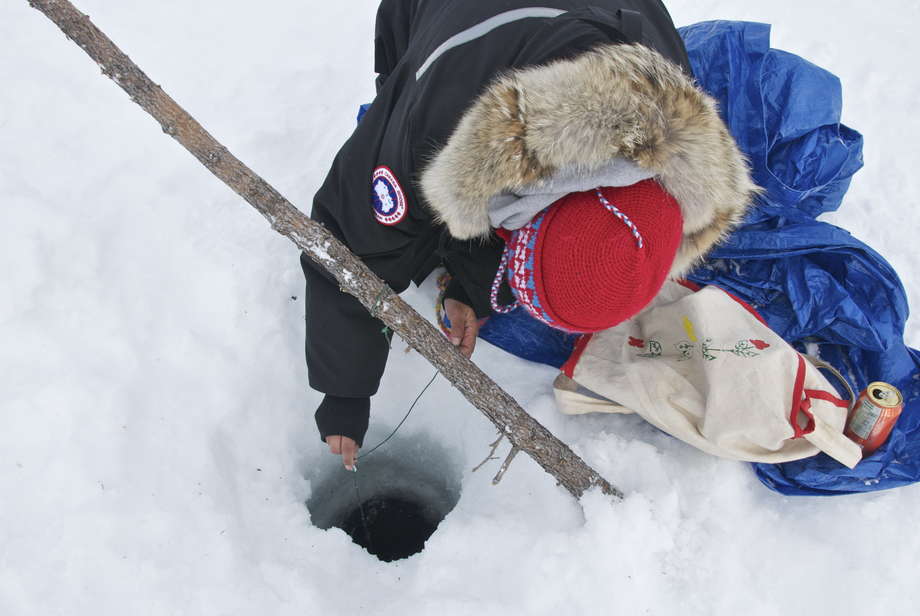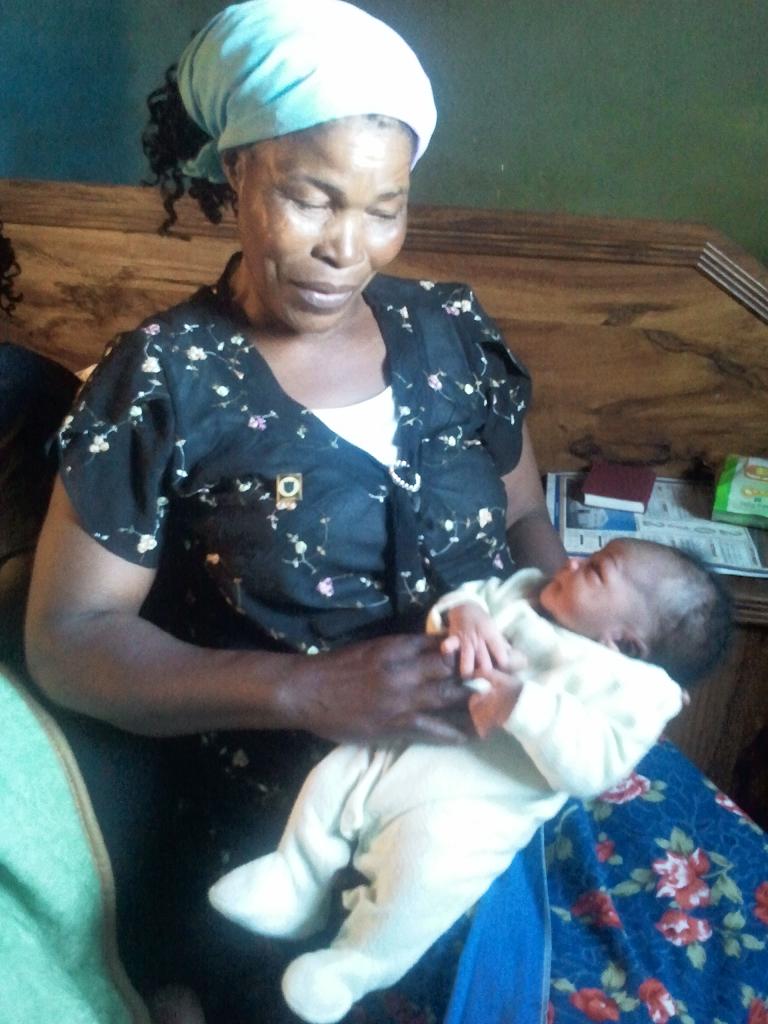Chapter 13. Part H
Another interesting feature of the way in which
values drive society's behavior patterns and morés is the paradoxical design or
dynamic equilibrium values clusters seem to exhibit. Values are designed in
matched pairs. As one value drives humans toward a particular set of behavior
patterns, it is tempered with a complementary one which gives focus to, and attenuates
the other, and cuts down on the excesses that the undiluted use of the first
value might lead to. Our guide here is Nature. She creates endless arrays and
clusters of relationships by balancing cooperating and competing forces.
If our young people were filled only with aggression
(“daring/courage”, as they saw it), they would die off constantly, in large
numbers, hurling themselves at cars, cliffs, oceans, outer space, and each
other. But they are also encouraged to acquire judgment (“wisdom”, as their
elders see it), which will direct them to practice courage in ways that
(probably) will benefit, rather than harm, them and their society. Be
aggressive, assertive, and ambitious, but aim to use your drive to become an
entrepreneur, a scientist, a doctor, an athlete, an artist, or a musician, not
a criminal or a highway casualty. And, in the end, bring a human society
together out of savagery, i.e. what would have been there if there had been no
human values at all.
Some
societies, and some individuals don’t balance courage with intelligence very
well; excesses result. But the overall movement, for our species, in spite of
the pain, or more accurately, guided by the pain, over time, is toward a social
ecosystem of ever greater vigor, wisdom, tolerance, and diversity. On this
Earth, on Mars, and on outward. Nothing living sits still; we evolve or we die.
Freedom, as a value programmed into kids,
also is really useful to society. It drives us all, but the young especially,
to develop talents and to live motivated lifestyles. But if it wasn't
complemented and tempered with love, freedom as a social value would beget
cliques and sub-cultures, then prejudice, then strife, then anarchy. Brotherly
love solves this dilemma for society. Love seemed so crucial to Jesus that he
exhorted his disciples to aim to live by love above all other virtues. Over and
over, he said it was the one thing that he had taught them that they must not
forget. Implicitly, he was saying that all other values – even courage and
wisdom, and their benefits – accrue from love.
Thus
humans sustain and spread their societies by testing and practicing lifestyles
that seem paradoxical to anyone who looks for all phenomena to be reduced to
simple parts. Our behaviors and the values that drive them mirror the balance
principle of their prototype, i.e. the ecosystem of the Earth. A culture is a
self-monitoring and self-regulating system that is designed to respond to
reality within strategically set limits or parameters, i.e. the values that it
teaches to its citizens. Our morés can seem to be built on logical contradicitons,
but they are anything but. Rather, opposing forces, by their constant
interactions, create dynamic equilibria. This is basic systems theory. We
couldn’t survive long in this uncertain material reality, as individuals or
societies, if our lives were otherwise.
Furthermore, to
pursue this line of thought, we know that the matter in the universe itself at
levels of resolution far smaller than the simplest life forms is pulled into
its shapes, in fact, into its existence, by balanced sets of opposing forces.
The earth in its orbit is being pulled in toward the sun by gravity and flung
away from the sun by centrifugal force. In this dynamic state, our planet
orbits through a band of space fit for the thing we call “life”. The nuclear
strong force and weak force alternately tend to crush matter out of existence
or dissipate it into nothingness. In balance, they pull the nuclei of all the
atoms around us into their shapes. Electrons are held in their orbits by a
balance of forces, like the planets and stars. In finding ways of balancing
courage with wisdom, and freedom with love, human societies only mirror the
universe itself.
We need internal tensions in our
communities. Pluralism is an indicator of a dynamic, vigorous society.
Societies that aim to be monolithic and homogenous in design and practice lack
vigor and resourcefulness. A democracy may seem to its critics to be ennervated
by the energies its people waste in endless arguing. But in the long haul, in a
universe in which we cannot know what surprises may be coming in the next day,
year, or century, diversity and debate are what make us strong. Indulging in
self-deluding, wistful thoughts of ending uncertainty and its attached
anxieties leads us away from real love for our neighbors. Therefore, love is
not merely "nice"; it's vital. It has brought us this far, and it is
all that may save us.
homeless man in America
A basic Buddhist truth is that life is hard.
Another is that only love can drive out hate. Jesus' number one command to us
all: love one another as I have loved you. These codes have not survived
because a bunch of old men said they should; they have survived because they
enable their human carriers to survive. In short, our oldest, most general
values have survived because they work.
Socrates
talking with an Athenian woman
(painting by
Monsiaux)
Courage is the human answer to entropy, the
adversity of reality. Wisdom tempers courage. Freedom is the human response to
(quantum) uncertainty. Love guides freedom. Diligence, responsibility, and
humility and many other values are hybrids of the four prime ones. They show
their real value only on a huge scale, as the daily actions of millions of
people, over thousands of years, in social ecosystems of greater and greater
internal dynamism, keep evolving and getting good results. But values are not
merely nice theories or trivial preferences, like preferences for specific
flavors of ice cream or brands of perfume. They are large scale, human
responses to what is real.
And the largest purpose of philosophers is to
give ordinary folk such clarity of understanding – by precept and example – of
what "right" is that people feel renewed and inspired enough to keep getting
up and trying again.
Notes
1.http://www.gutenberg.org/files/1998/1998-h/1998-h.htm#link2H_4_0004;
especially part XXXIV "Self-Surpassing".
2. https://archive.org/details/broadstoneofhono02digbiala
3.http://www.online-literature.com/thomas-carlyle/past-and-present/34/
4. http://plato.stanford.edu/entries/ancient-political/#SocPla























.jpg)